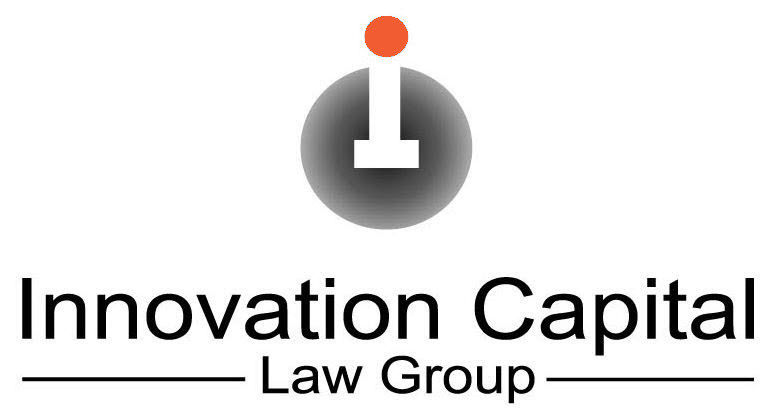Who can sign trademark applications?
It can be a bit tricky to determine who can sign trademark applications. Even if one can sign, should they? The following are the only persons authorized to sign a trademark application:
- a person with legal authority to bind the owner (e.g., corporate officer or general partner of a partnership);
- a person with firsthand knowledge of the facts and actual or implied authority to act on behalf of the owner; or
- an attorney licensed to practice in the U.S. as defined in Section 11.1 (“individual who is an active member in good standing of the bar of the highest court of any State”) who has an actual written or verbal power of attorney or an implied power of attorney from the owner.
Need help with your trademark application? Call US patent and trademark attorney Vic Lin at (949) 223-9623 or email vlin@icaplaw.com to explore how we can help you get your trademark registered.
Who should sign a trademark application?
Just because something is permissible does not mean that it is good or advisable. In fact, there is even a bible verse that supports this piece of wisdom. The question we need to ask is: Should a US attorney sign a trademark application?
In most circumstances, we believe that attorneys should not sign a trademark filing. Why? A trademark application contains several allegations of fact. In fact, even an Intent-To-Use application contains declarations about the applicant’s bona fide intent to use a trademark on certain goods or services.
How would an attorney possess such knowledge about a trademark owner’s past or current usage of a mark? How would a lawyer genuinely know the future plans of a business to use a mark?
Registrations that mature from ITU applications can be canceled for a lack of bona fide intent to use. How would an attorney have the confidence to know a person or company’s genuine intent to develop and use a trademark in connection with selling certain goods or services?
What can go wrong when US lawyers sign trademark applications and statements?
Do not just take my opinion about signing trademark applications. It appears the USPTO would agree that signing trademark applications on behalf of clients without thorough independent investigation can get lawyers in a great deal of trouble.
In fact, a lot can go wrong when US attorneys sign trademark filings without verifying all of the information. The USPTO has been disciplining US practitioners for several trademark offenses, including the signing of trademark applications without sufficient independent verification of the allegations.
It makes sense when you think about it. Suppose a client wants to file a use-based trademark application for multiple classes, and provides the required dates of first use and specimens for each class. How would the attorney know for a fact that the mark has been used on every product identified in the application?
What can go wrong with fake specimens?
We’re living in an age where it is becoming harder to distinguish real from fake. No one should be surprised about how easy it is to create fake specimens. All the more reason why our firm insists that clients sign their own trademark applications.
What ethical considerations are involved in signing a trademark application or Statement of Use?
Signing a trademark application or Statement of Use involves making declarations of truth that carry significant ethical consequences. For example, a Statement of Use requires a verified statement under 37 CFR 2.2(n) which states:
The term verified statement, and the terms verify, verified, or verification as used in this part refers to a statement that is sworn to, made under oath or in an affidavit, or supported by a declaration under § 2.20 or 28 U.S.C. 1746, and signed in accordance with the requirements of § 2.193.
Instead of an oath, the language of 28 USC 1746 or the following language may be used:
The signatory being warned that willful false statements and the like are punishable by fine or imprisonment, or both, under 18 U.S.C. 1001, and that such willful false statements and the like may jeopardize the validity of the application or submission or any registration resulting therefrom, declares that all statements made of his/her own knowledge are true and all statements made on information and belief are believed to be true.
37 CFR 2.20
Who can sign trademark Office Action responses?
A response to a trademark Office Action may not always require a verified statement. It depends on what is required in the response. Where a verified statement is not required, it is simply more expedient to have the US attorney sign and file the response.
If a verified statement is required, it would be best practice to have the client sign since they would have either legal authority to bind the trademark owner or firsthand knowledge of the facts and actual or implied authority to act on behalf of the owner.
The problem with having a US attorney sign a verified statement is that the US lawyer might not have firsthand knowledge of the facts, which could raise issues later on if and when the mark is litigated.
What trademark filings would be safe for an attorney to sign?
Every lawyer needs to make that decision on which particular trademark filings they will sign. In our opinion, signing the first request for an extension of time to file a Statement of Use would be proper for an attorney to sign because no verified statements are made in the first extension request.


